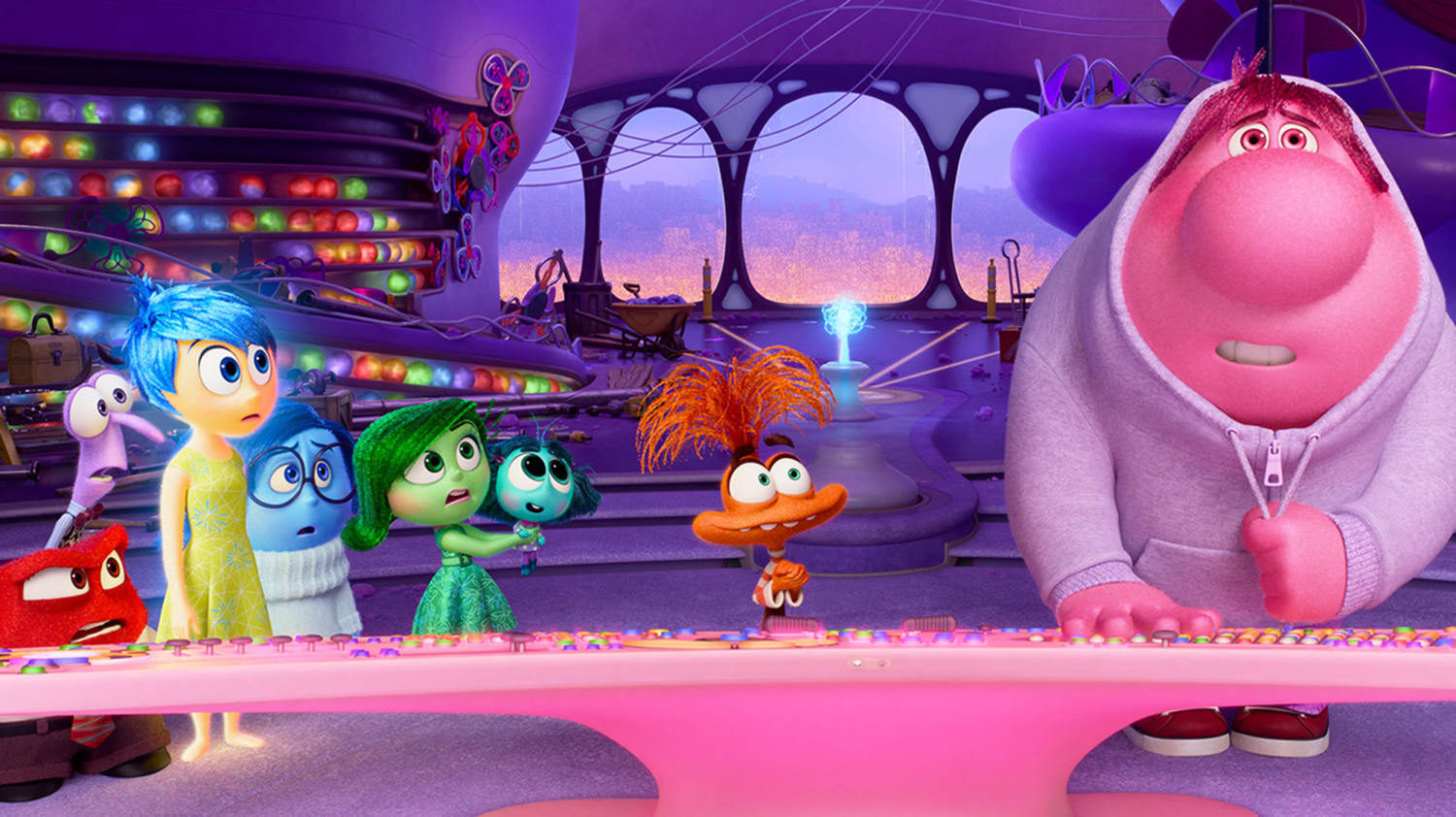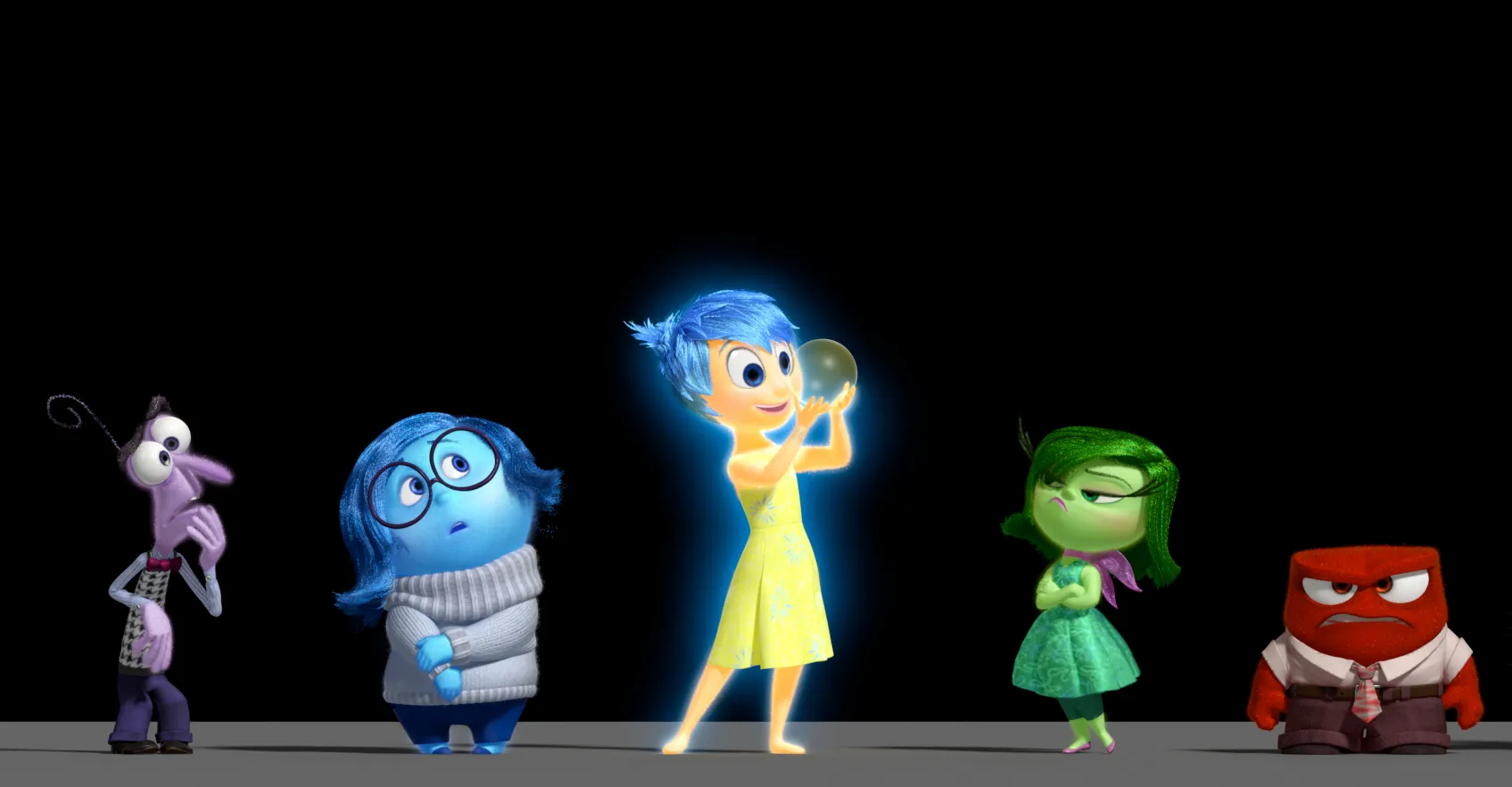Pixar’s Inside Out portrays human emotions as characters working together inside people’s minds. The film highlights how emotional balance is vital for healthy development, especially through Riley’s struggles during her move to San Francisco. Although emotions like Sadness are often labeled as negative, Riley’s story shows that difficult feelings can be important and necessary. Some viewers questioned why Riley’s father is led by Anger and her mother by Sadness, yet the ending montage suggests that this emotional arrangement is not a flaw.
Inside each character’s mind are Joy, Anger, Sadness, Fear, and Disgust. Joy leads Riley’s emotions, but this is not true for everyone. Riley’s father is guided by Anger, and her mother by Sadness, which might resemble familiar family stereotypes such as an angry father or a sad mother. The film suggests that a leading emotion does not define a person’s identity. Instead, it reflects how they often respond to situations while still containing a full set of emotions.
How Joy Learns Balance When Sadness Restores Riley’s Emotional Connection and Stability
At the end of the movie, Joy discovers that constant happiness is not sustainable. Allowing Sadness to step forward helps Riley connect with her parents and regain emotional stability. The montage that follows contrasts balanced emotional systems with those that are dominated by one feeling. The pizza employee’s emotions all behave like Disgust, and the cab driver’s emotions are all versions of Anger. These examples show what happens when a single emotion takes over, something that does not happen to Riley’s parents.

For much of the story, Joy sees Sadness as a problem. Her attempts to push Sadness away cause significant damage to Riley’s inner world. Sadness’s tendency to touch important memories is not harmful. It reflects Riley’s need to process her changing life. When Sadness finally takes the lead, Riley is able to express vulnerability and find comfort in her parents. This moment creates Riley’s first mixed memory, signaling her growing ability to feel more than one emotion at the same time.
How Sadness, Core Memories, and Adolescence Shape Riley’s Emotional Growth and Future
The dinner scene initially makes it seem troubling that Mrs. Anderson is led by Sadness. Before the movie establishes its message about emotional acceptance, this detail appears to imply hidden unhappiness. Riley’s journey shows that this interpretation is incorrect. A central role for Sadness often indicates empathy, sensitivity, and thoughtful reflection. Mrs. Anderson’s emotions remain distinct and cooperative, which demonstrates that she is emotionally balanced rather than secretly depressed.
Inside Out explains that Core Memories create Islands of Personality. Riley begins with five islands, but they collapse when Joy and Sadness leave the control center. Once Riley accepts all her feelings, she creates new core memories that contain multiple emotions at once. These memories form new islands that reflect her developing identity. Social Media Island, Boy Band Island, and Fantasy Vampire Romance Island highlight her shifting interests as she enters adolescence.
The short film Riley’s First Date offers a brief look at Riley’s life after the movie, although it focuses more on her parents’ reactions to her growing independence. The original film signals further stories when Joy comments that Riley is twelve and still has many changes ahead. The arrival of adolescence promises more complicated emotions and new internal conflicts. These developments prepare the ground for Inside Out 2, which will explore Riley’s expanding emotional world as she continues to mature.



